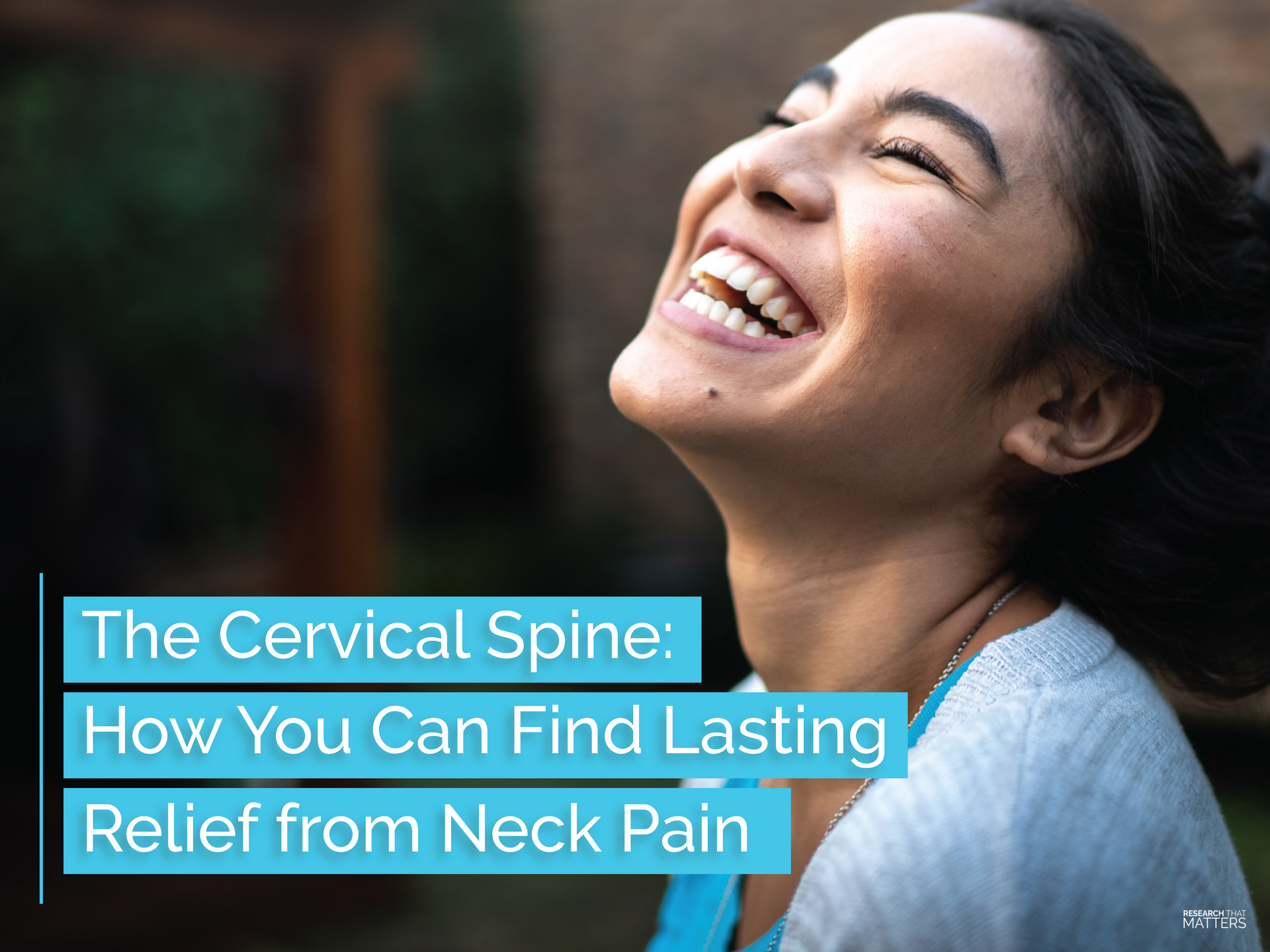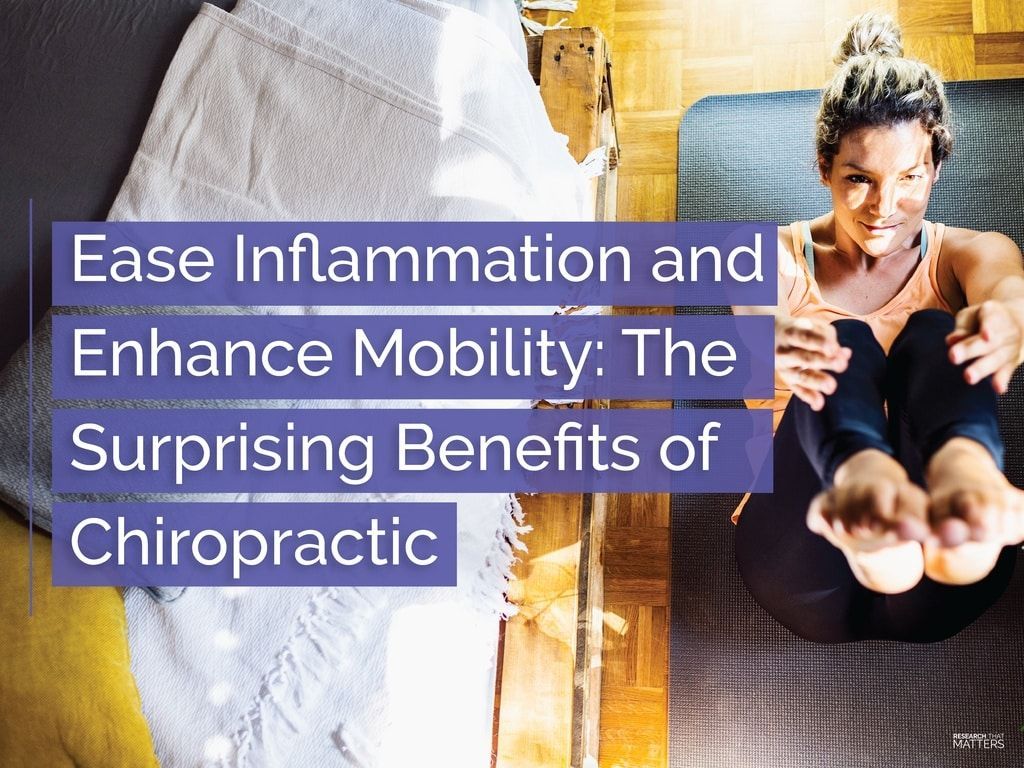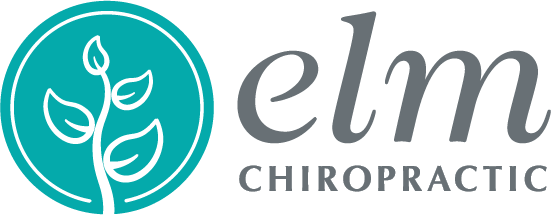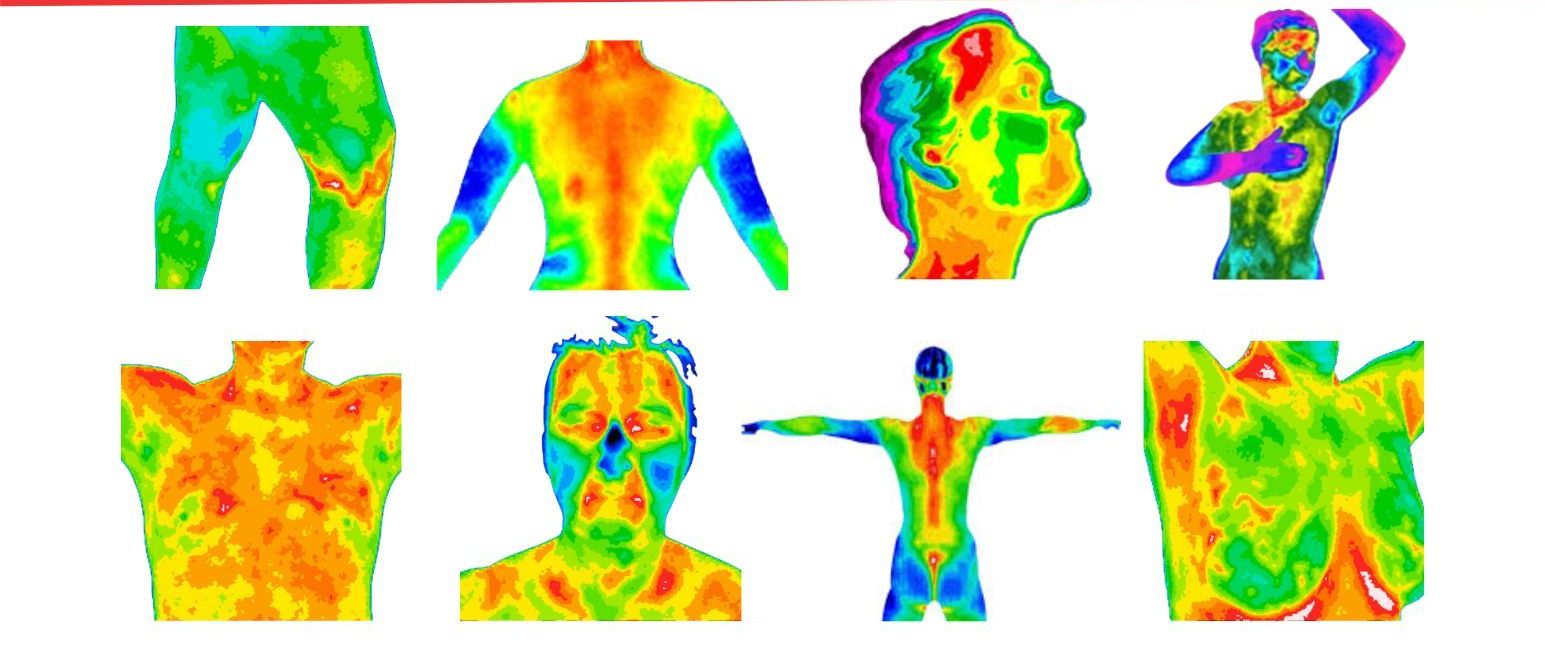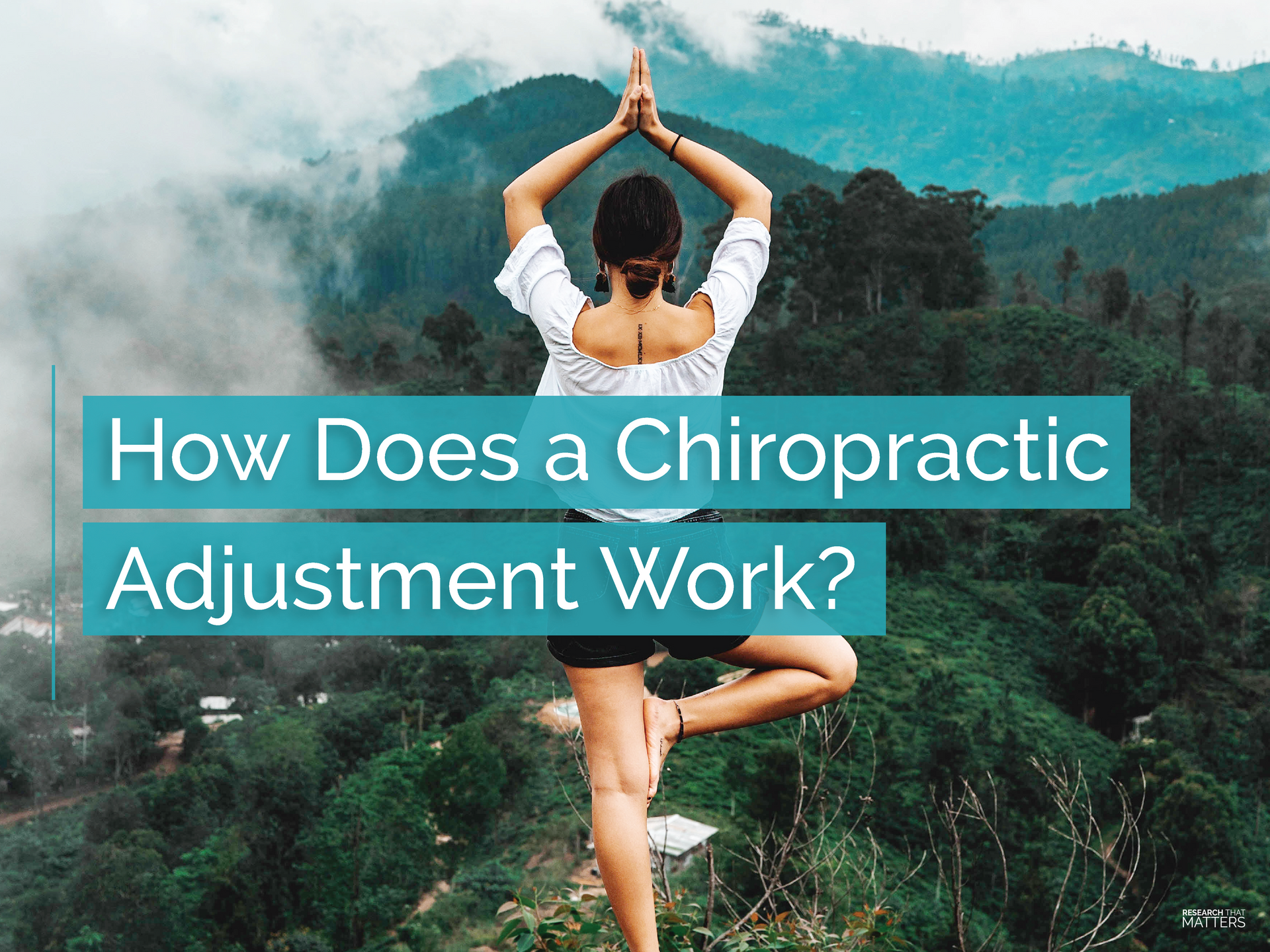Beyond Pain Killers: How Chiropractic Treatments Can Reduce Opioid Use
The Opioid Crisis: How Did We End Up Here?
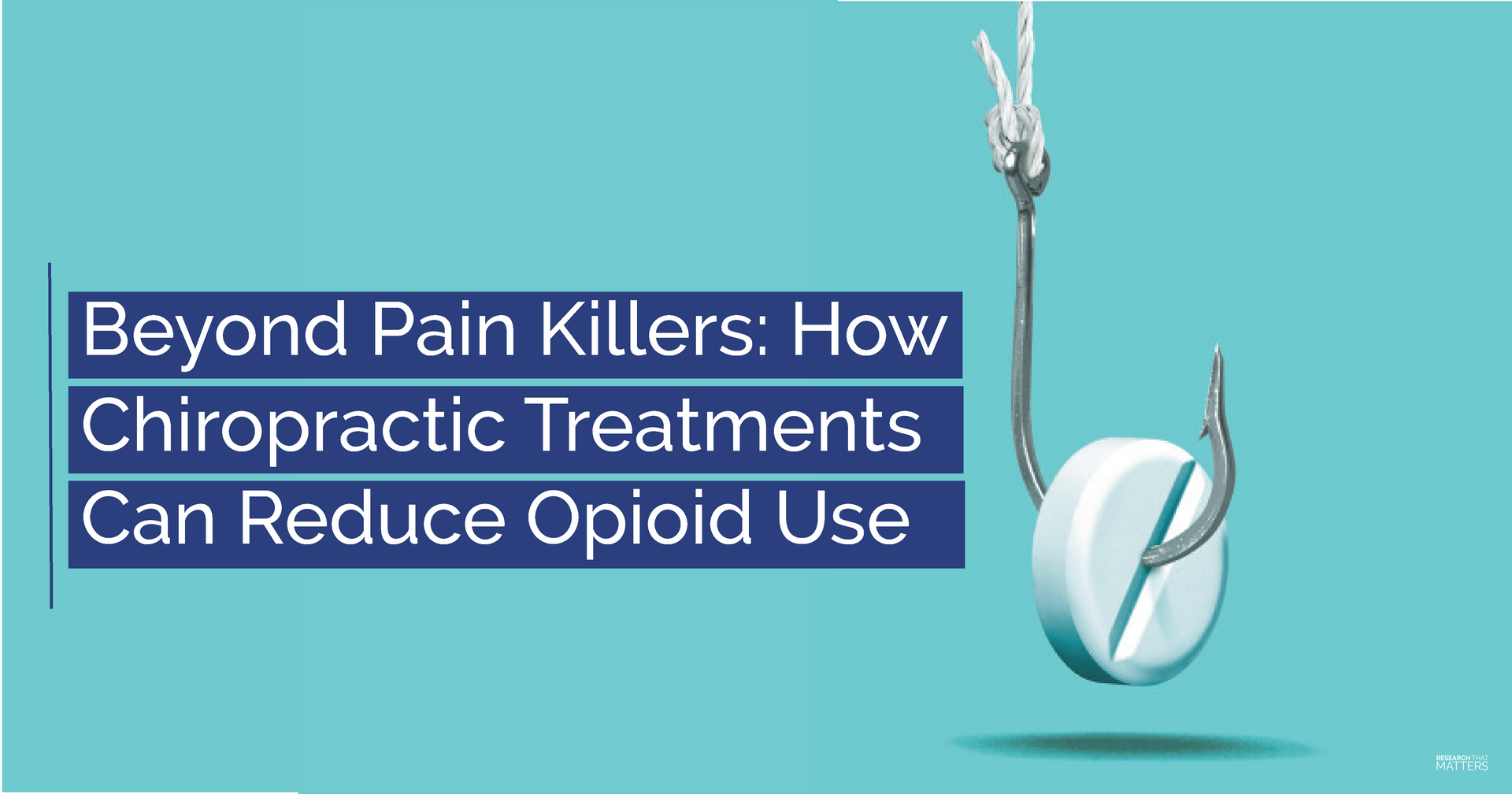
About 30 years ago, there was a fundamental shift in medicine regarding how pain was understood and treated. The number of people with chronic pain seemed to rise, and it was thought that the options to address the pain weren't adequate.
As doctors paid more attention to assessing pain, they also paid more attention to treating pain. Opioid medication was prescribed more frequently for chronic lower back or neck pain. Until then, opioids were only prescribed for severe pain after surgery or advanced-stage cancer. But, in the early 1990s, it all changed. New opioid formulas were promoted as less addictive, and
physicians were encouraged to prescribe these drugs far more liberally than before.
Prescribing these drugs very quickly led to a variety of problems. First, patients rapidly adapted to the drugs, requiring larger and larger doses to achieve the same effect over time. Second, these drugs weren't very effective at addressing chronic pain. They provided short-term relief but became less useful for many people as time passed. Finally, these drugs provided a euphoric feeling that quickly led to addiction.
Starting in the 1990's, doctors were encouraged to prescribe opioids for chronic pain.
59% of opioid users report having experienced back pain.
In the US alone, we have averaged over 130 deaths per day due to opioids.
Now, decades later, we are consumed with the opioid crisis. Over 130 people die daily from opioids, and over 40% are from prescribed opioids. If there is a silver lining to this crisis, we now realize that the answers and treatment of chronic pain are rarely found in a bottle. Many leading healthcare organizations are now recommending non-pharmacological approaches to treating chronic pain- including chiropractic. If you want to explore a drug-free approach to pain relief, schedule an appointment with us today.
The Chronic Pain Crisis is the Opioid Crisis
For decades, opioids were marketed as a "safer" alternative to treat chronic pain. And as the number of people with chronic pain began to rise, so did the number of people addicted to
and dying from prescription opioids. The chronic pain epidemic has evolved into our current opioid crisis.
To address the opioid crisis, we must first find non-pharmacological solutions to the chronic pain epidemic. Over the past few years, major healthcare agencies such as the Centers for Disease Control (CDC) and the Food and Drug Administration (FDA) have recognized that
non-pharmacological approaches should be the first line of care to manage chronic pain.
New studies have indicated that there is a reason to be hopeful. Non-drug care options, such as chiropractic, are very effective at helping people reduce pain. Even people with severe chronic pain have benefited from the care that chiropractors can provide.
Chronic low back pain will affect up to 20% of people over 18 years old.
Cooperation between your Medical Doctor and Chiropractor can help provide the best results.
Chiropractic care has been shown to provide better outcomes than care in a pain clinic.
The change in approach to a primarily non-pharmacological-based approach to care is unprecedented in healthcare. We can't undo the damage that has been done. But, we can learn from the past and work together to overcome chronic pain with safe and effective care to relieve your pain without the dangerous side effects and addiction issues we've experienced with opioid medications. Our practice is proud to partner with other healthcare providers supporting a natural pain management approach.
Opiates vs. Opioids: What's the Difference?
Opioids and opiates have caused millions of people looking for pain relief to enter a cycle of addiction. The scary part is that many people dying from opioids aren't recreational drug users looking for the next high; they were people prescribed these drugs by their doctors to treat chronic pain.
To understand how this epidemic has happened, it's essential to understand the differences between opioids and opiates.
Opiates describe drugs derived from the flowering opium poppy plant. Morphine is an example of an opiate. These drugs have been linked to physical dependence, increased tolerance, and addiction.
Opioids are synthetic or made in a lab. When opioid receptors in the brain become activated, they produce feelings of pleasure and pain. All opioid drugs act on these receptors. Some are up to 50 times more powerful than heroin. Opioid drugs used to treat pain include oxycodone and hydrocodone. These drugs are highly addictive and dangerous. Oxycodone exhibits the highest risk of abuse and poses the most significant dangers. It affects the nervous system in the same way as heroin.
Opioids can have a negative impact on your emotions, breathing, digestion, and movement.
Fentanyl, a pain-relieving opioid, is 100 times more potent than morphine.
Opioids are highly addictive and not meant to be used for chronic pain.
Current medical guidelines no longer recommend using opioids for most spinal pain. If you're struggling with pain, movement based care such as chiropractic is often the best way to accelerate the healing process and put yourself in a position for long term relief. Call us today if you want to explore a relief path that doesn't include medications.
Beyond the Pill: Non-Opioid Care for Chronic Pain
If you're dealing with chronic pain, now is the time to tackle it naturally. But how do you deal with chronic pain without using opioid pain medication?
One of the problems with pain medications is that they only treat the symptoms; they aren't doing anything to resolve the source of your pain. If you are looking for a long-term solution, the cause needs to be addressed. Altered biomechanics, or movement patterns, tend to be a common issue for many people dealing with chronic spine pain.
To get things moving on the path toward relief, we have found a lot of success with a plan that typically encourages:
Whole Body Movement with Daily Exercise
It may seem impossible to get out and get active when dealing with chronic pain, but it may help you see some relief from your symptoms! For example, if you're dealing with chronic back pain, regular walks can help relieve the stiffness and soreness of back pain.
Specific Spinal Joint Movement with Chiropractic Adjustments
Chiropractors are an excellent resource for anyone who is dealing with chronic pain. New research has shown chiropractic care is at least as effective at relieving pain as many medications, without the risks or dangers associated with drugs. The likelihood of filling an opioid prescription is reduced by over 50% for people who see a chiropractor.
Next Steps:
You don't need to keep struggling with chronic pain. Researchers have found that chiropractic care and active exercise can effectively reduce your symptoms and address the cause. If you or someone you know has struggled with chronic pain, please reach out to us today so that we can help provide you with options for relief that don't include the dangerous medications that have created the current opioid epidemic. To learn more, call us today at
(630)530-4744.
Science Sources:
Understanding the Epidemic. Centers for Disease Control and Prevention 2018
Prevalence of chronic low back pain: a systematic review. Rev Saude Publica. 2015
A Comparison Between Chiropractic Management and Pain Clinic Management for Chronic Low-Back Pain in a National Health Service Outpatient Clinic. The Journal of Alternative and Complementary Medicine. Volume 14, Number 5, 2008
Association Between Utilization of Chiropractic Services for Treatment of Low Back Pain and Risk of Adverse Drug Events. Journal of Manipulative and Physiological Therapeutics. 2018 CDC. The Opioid Epidemic. 2020
Association Between Utilization of Chiropractic Services for Treatment of Low Back Pain and Risk of Adverse Drug Events. Journal of Manipulative and Physiological Therapeutics. 2018
Impact of Chiropractic Care on Use of Prescription Opioids in Patients with Spinal Pain. Pain Med 2020
Association Between Utilization of Chiropractic Services for Treatment of Low Back Pain and Risk of Adverse Drug Events. Journal of Manipulative and Physiological Therapeutics. 2018


